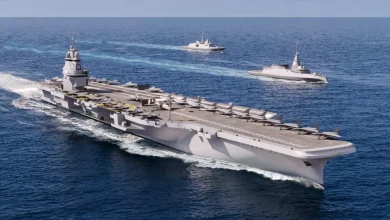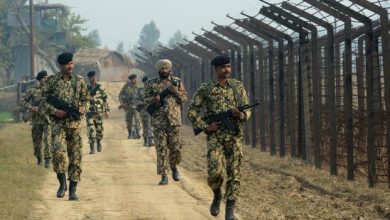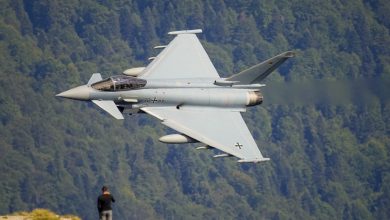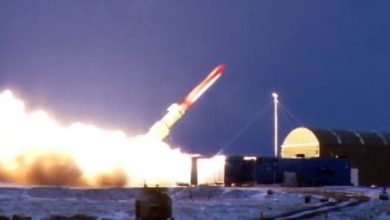U.S. Forces simulate strike on Russian howitzer during trials
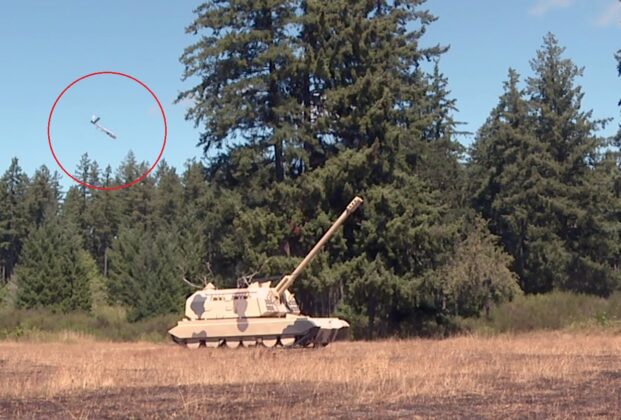
The U.S. Army’s next-generation battlefield sensor system, known as Launched Effects, is one step closer to entering service after a live demonstration involving active-duty forces at Joint Base Lewis-McChord (JBLM) in August 2025.
Launched Effects is a term the Army uses to describe a class of compact systems—such as the Atlas 600 from AEVEX Aerospace—that can be launched from vehicles or ground units to perform a range of missions, including surveillance, target acquisition, and precision strikes. These systems are designed to reach contested or hard-to-access areas ahead of manned forces, providing commanders with a clearer picture of the battlefield while reducing risk to soldiers.
The exercise was supported by personnel from the U.S. Army Yuma Proving Ground (YPG), marking a key phase in preparing the technology for field deployment.
According to the Army, the Launched Effects Short-Range Special User Demonstration (LE-SR SUD) featured Soldiers from JBLM’s 7th Infantry Division operating the system for the first time. Units from the 160th Special Operations Aviation Regiment and 1st Special Forces Group also took part.
“This is the first delivery of launched effects to a U.S. Army Forces Command unit informing future deliveries, materiel development, and launched effects integration in the Army’s formations,” said Lt. Col. Patrick Gargan, Launched Effects Lead for the Future Vertical Lift Cross-Functional Team. “By receiving Soldier insights early, we are laying the foundation for a seamless fielding of this capability, which will revolutionize how divisions operate in contested environments and enhance the Army’s overall readiness and lethality.”
Unlike traditional unmanned aerial systems or loitering munitions, launched effects are designed as expendable, semi-autonomous sensor platforms capable of working in coordinated “wolfpacks.” These systems allow commanders to extend their ability to sense threats at long distances without risking human life, operating effectively in environments where enemy air defenses are active.

A key feature of the demonstration was the use of realistic mockups of adversary equipment—including a full-scale model of a Russian MSTA-S 152mm self-propelled howitzer. The surrogate target was one of several vehicle-scale systems deployed to replicate enemy equipment under battlefield conditions.
“We shipped the targets commercially to Joint Base Lewis-McChord, offloaded them, and emplaced them in the target locations provided by the customer,” said Carlos Molina, test officer at YPG. “All of these targets were driven by requirements for these large events. They not only support local testing, but other U.S. Army requirements.”
YPG also deployed teams to simulate radar emissions from hostile air defense systems, enhancing the realism of the exercise. “There were requirements for foreign threat radars, and YPG is the primary operator and maintainer of radar equipment for the Threat Systems Management Office,” Molina added.
Brig. Gen. Cain Baker, director of the Future Vertical Lift Cross-Functional Team, emphasized YPG’s critical role in the Army’s experimentation and data collection.
“YPG was essential for us to have the simulated threat array to conduct the experiment at echelon that would replicate an enemy capability that we would potentially face in the future,” he said after the EDGE 2024 event.
The launched effects systems were tested extensively at YPG during previous Experimental Demonstration Gateway Events in 2023 and 2024. Those events focused on validating long-range autonomy and integrating the systems into a broader operational picture.


